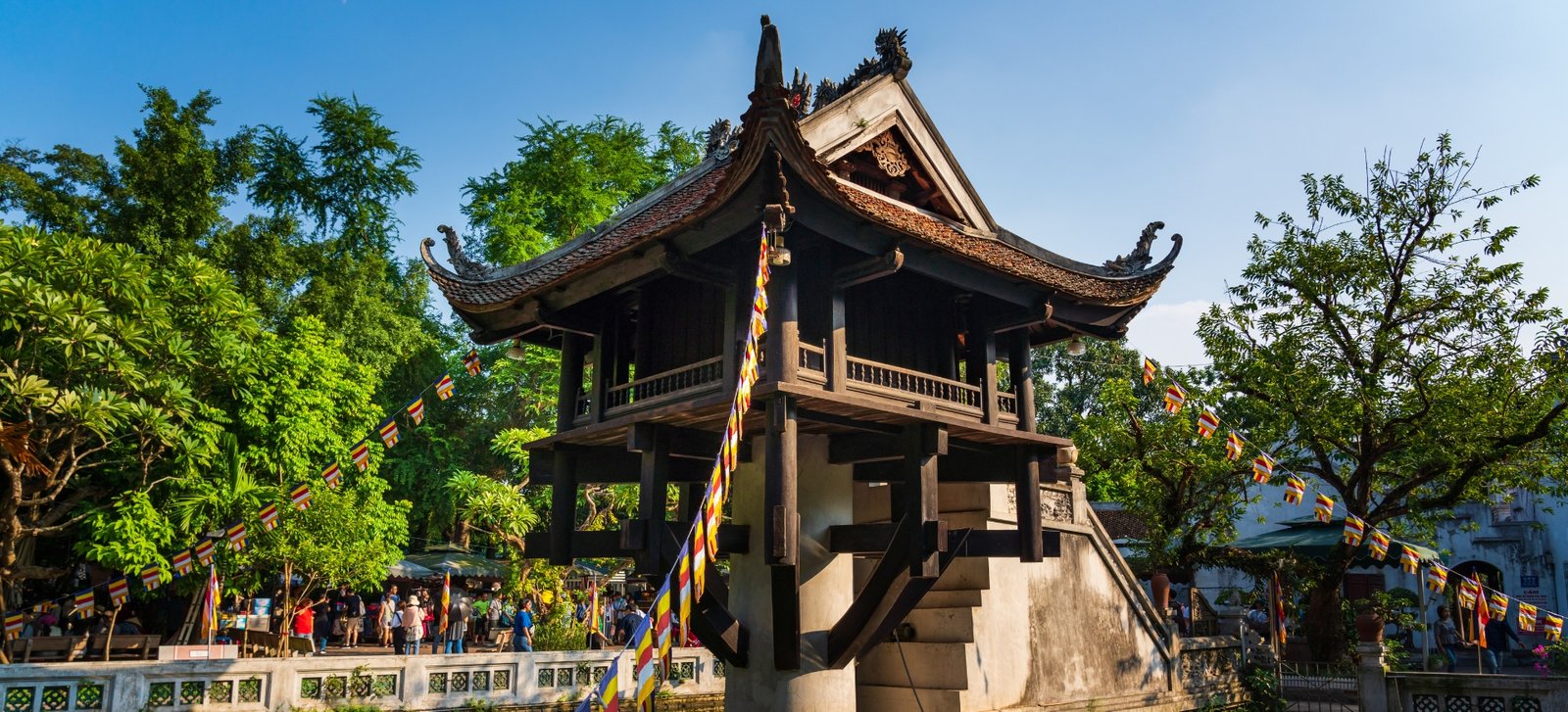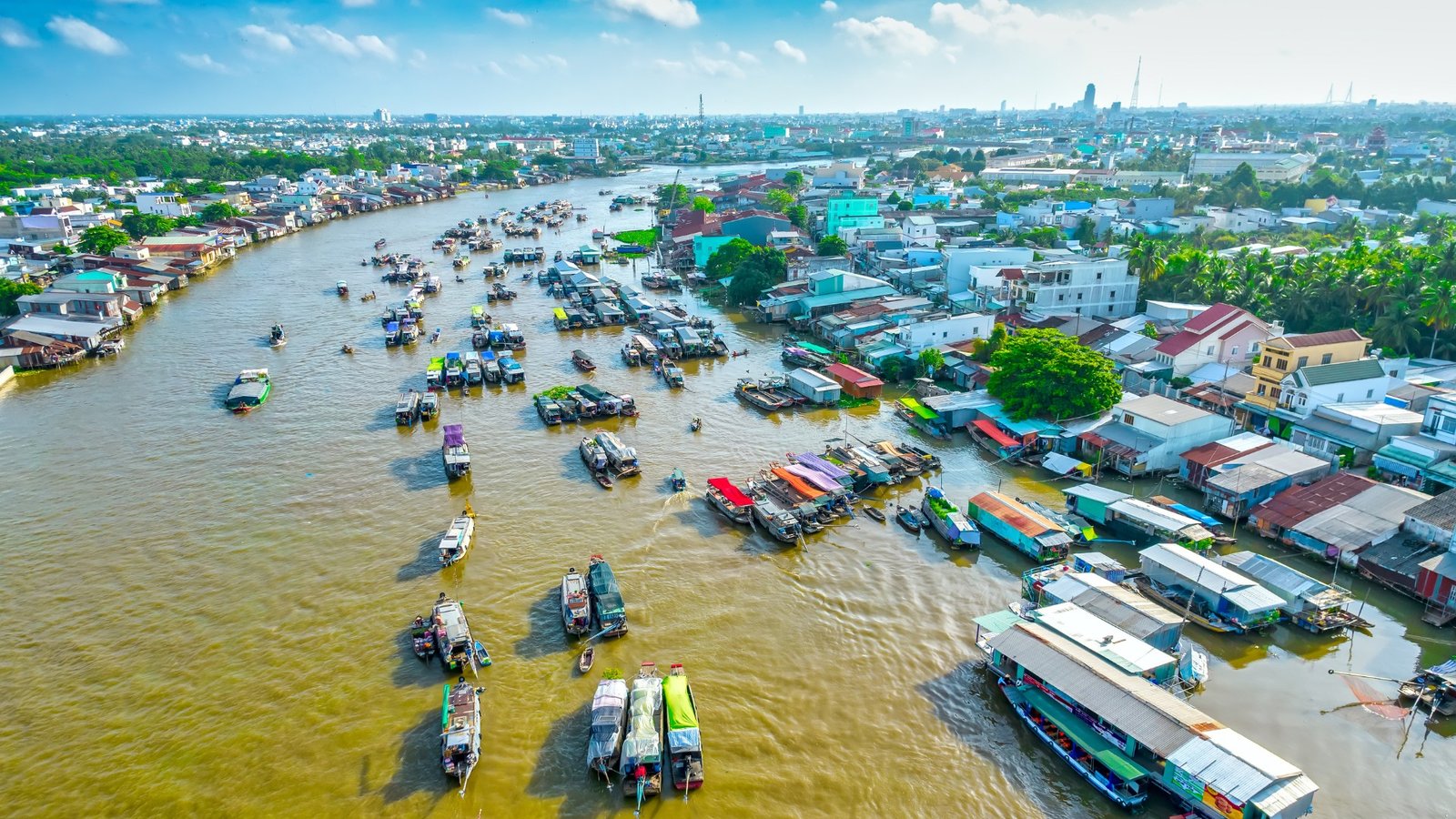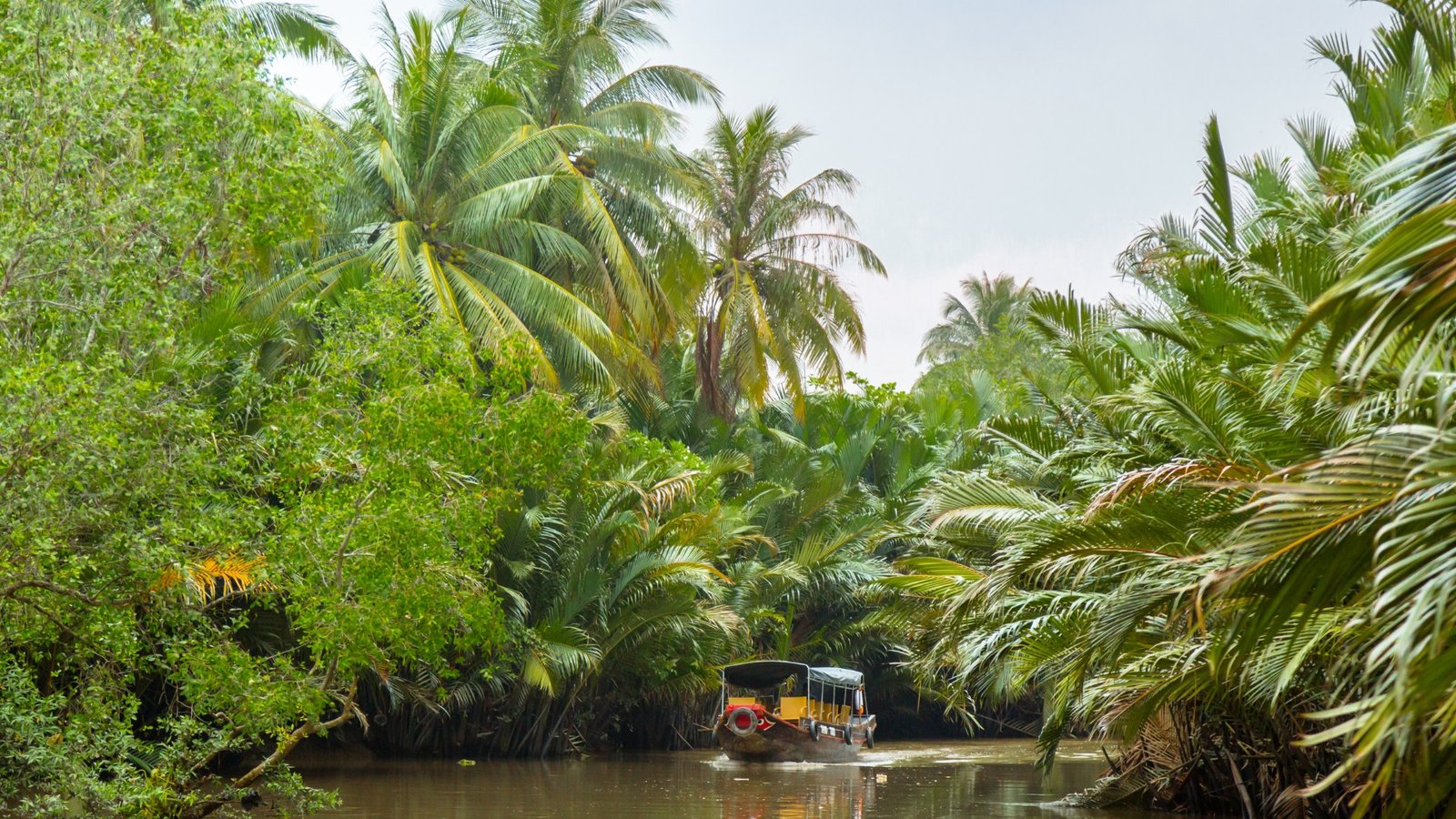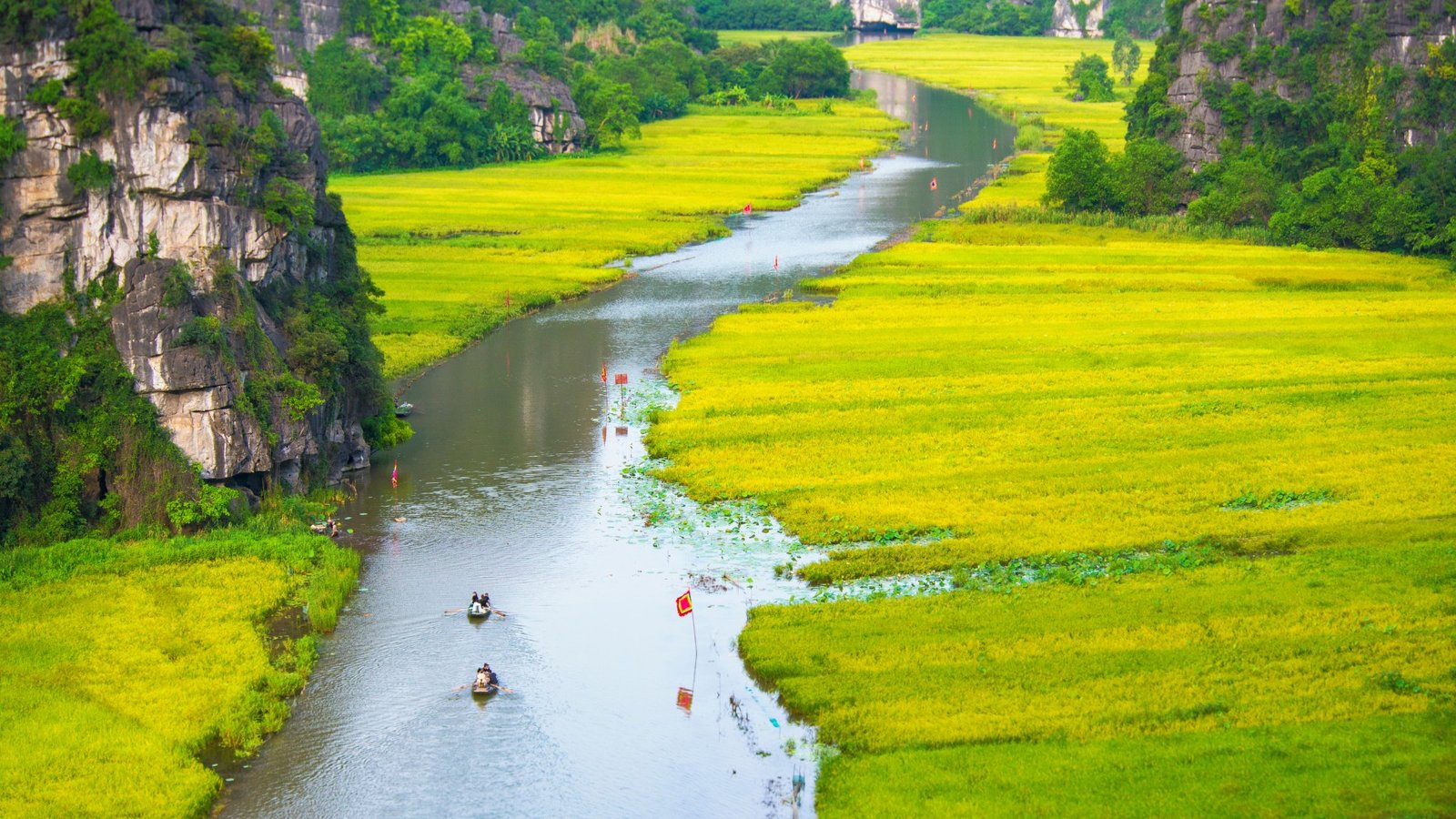Viet Nam
Vietnam is an ideal destination for those who love cultural diversity, long history, beautiful nature, beautiful beaches and rich and unique gastronomy.
With a tropical climate, Vietnam has beautiful natural landscapes from the rice terraces of Sapa to the blue rivers and mysterious caves of Phong Nha, from the primeval forests of the central highlands to the white sand beaches of Nha Trang or Phu Quoc, each region has its own unique and enchanting beauty. In addition, Vietnam has world cultural heritage sites such as Halong Bay, the imperial city of Hue, the ancient town of Hoi An, the My Son sanctuary, Phong Nha National Park or the Trang An complex. Especially the big cities of Vietnam such as Ha Noi, Da Nang and Ho Chi Minh City not only attract tourists with their lively pace of life but also still preserve the unique historical and cultural architectural monuments.
Vietnam also attracts you with its specialties such as Pho, Bun cha, Banh my, spring rolls and many kinds of delicious cake and desserts that give you authentic and unforgettable experiences.
Vietnamese people are famous for their warmth and hospitality. Vietnamese people have a long history of solidarity, love for family and respect for traditional cultural values. They are very proud of the nation’s heroic history, from the wars against invaders to the long war for freedom and reunification of the nation. Vietnam has a rich culture with traditional festivals, unique cuisine and a combination of Asian elements and Western influences in modern life. When you come to Vietnam, you will feel the warmth, hospitality and pride of the people in every encounter.
A trip to Vietnam will be a colorful journey, which will help you discover the wild natural beauty, experience the long-standing cultural values and enjoy the unique flavors of a world-famous cuisine.
PRATICAL INFORMATION
-
The Socialist Republic of Vietnam
-
Capital city: Hanoi
-
Official language: Vietnam
-
Religion: Buddhism, Taoism, Confucianism, Hoa Hao, Cao Dai, Christianity, Muslim
-
Total Population: 97,34 million (2020)
-
Total area: 331, 210 km2 + Total land mass: 310, 070km2
-
Total water mass: 21,140km2
-
Coastline: 3,444km
-
Total land boundaries: 4,639km
-
Border countries: Cambodia 1,228km, China 1281 km, Laos 2,130km
-
Currency: Dong
-
Time Zone: GMT +7 hours
-
International calling code: +84


























